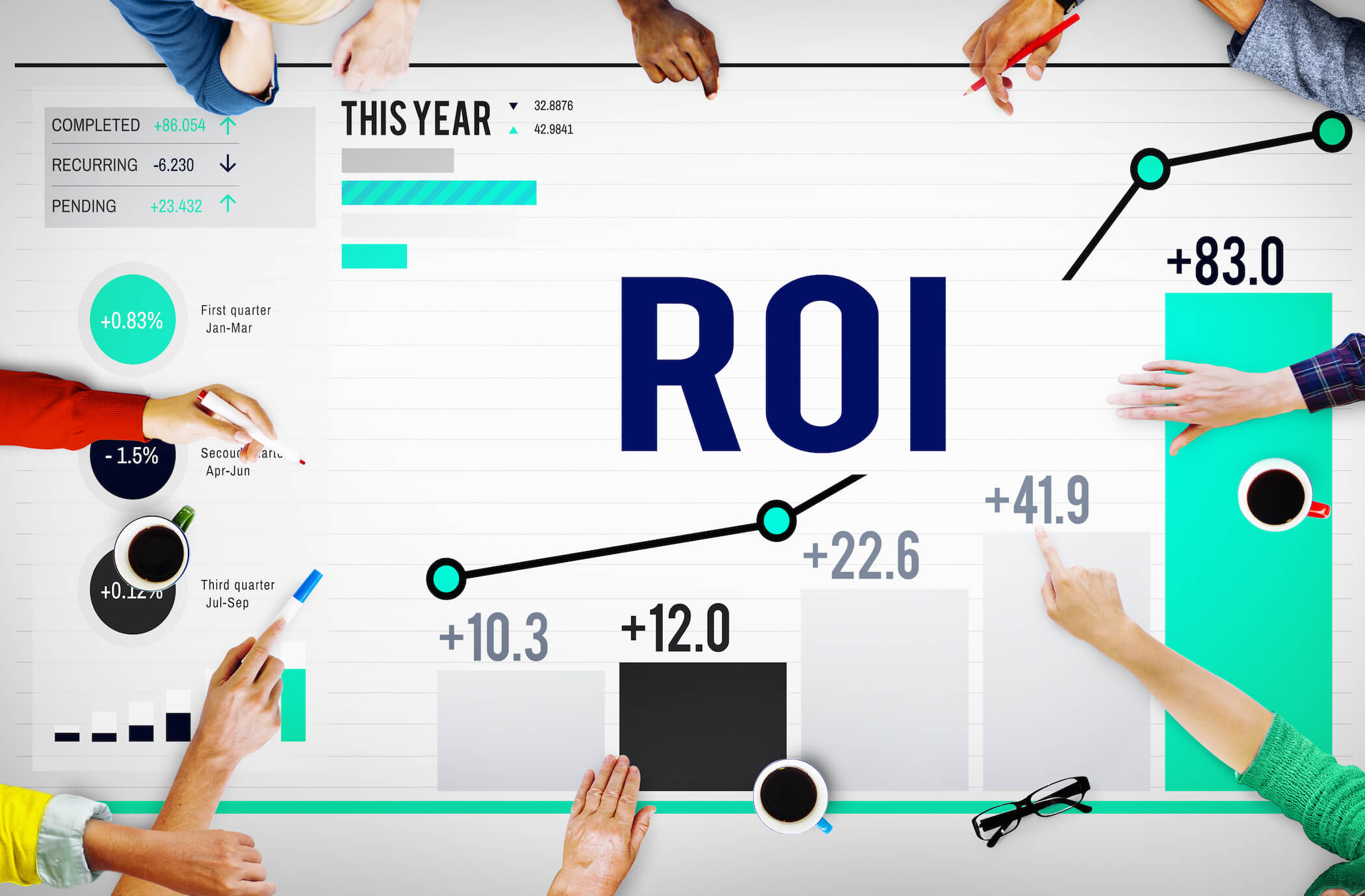Marketing efforts are no longer a shot in the dark, but a strategic investment in the growth and success of your business. As marketers, we’re constantly bombarded with new tactics, tools, and channels to reach our target audience, but amidst the chaos, it’s easy to lose sight of the most critical question: what’s the return on investment (ROI) of our marketing efforts? Without a clear understanding of ROI, it’s impossible to optimize your marketing strategy, allocate resources effectively, or make informed decisions about where to focus your efforts. In this comprehensive guide, we’ll demystify the concept of ROI and provide a step-by-step roadmap to measuring marketing success, empowering you to make data-driven decisions, maximize your budget, and drive real results for your business.
What is marketing ROI?
Marketing ROI, which stands for Return on Investment, is a metric used to measure the effectiveness of marketing campaigns. It essentially calculates the profit or loss generated from your marketing efforts.
Here’s how it breaks down:
- Return: This refers to the revenue or benefit gained from your marketing activities. This could be direct sales generated through your campaigns, increased brand awareness, or a boost in website traffic.
- Investment: This represents the total cost you spend on your marketing efforts. This includes expenses like advertising costs, content creation, marketing software subscriptions, and salaries for marketing personnel.
By dividing the return by the investment (and multiplying by 100 to express it as a percentage), you get your marketing ROI.
Here’s the formula:
Marketing ROI = (Return on Marketing Investment) / Marketing Investment * 100
Why measure marketing ROI?
Before diving into the nitty-gritty of calculations, let’s explore the benefits of measuring marketing ROI:
- Justify marketing spend: Quantifiable data empowers you to demonstrate the value of marketing to your stakeholders. By showing a positive ROI, you can secure continued funding and gain support for future marketing initiatives.
- Optimize campaign performance: Tracking ROI allows you to identify what’s working and what’s not. You can then optimize your campaigns by allocating resources to high-performing channels and refining strategies for less effective ones.
- Improve budget allocation: By understanding which marketing activities generate the highest ROI, you can allocate your budget more efficiently, maximizing your return on investment.
- Make data-driven decisions: Marketing ROI data empowers you to make informed decisions about your marketing strategies. You can focus on activities that are most likely to generate leads, sales, and ultimately, revenue.
Understanding key metrics for marketing ROI
Calculating marketing ROI requires you to identify and track relevant metrics. Here are some key ones to consider:
- Marketing costs: This includes all expenses associated with your marketing campaigns, such as advertising spend, content creation costs, salaries for marketing personnel, and software subscriptions.
- Leads generated: Track the number of leads generated through your marketing efforts, regardless of the channel (website form submissions, email signups, etc.).
- Conversion rate: This metric measures the percentage of leads that convert into paying customers.
- Sales revenue: Track the total revenue generated from your marketing efforts. This can be attributed to specific campaigns or marketing channels.
Calculating marketing ROI: Formulas and approaches
There are several ways to calculate marketing ROI, depending on your specific goals and the complexity of your marketing campaigns. Here are two common approaches:
- Simple ROI formula:
This basic formula provides a quick overview of your overall marketing performance:
ROI = (Sales Revenue Generated by Marketing – Marketing Cost) / Marketing Cost x 100%
- Marketing attribution models:
For more complex marketing strategies with multiple touchpoints, using a marketing attribution model is recommended. These models assign credit for conversions across various marketing channels, providing a more granular picture of ROI. Some common attribution models include:
- Last touch attribution: Credits the last channel a customer interacted with before converting.
- First touch attribution: Credits the first channel a customer interacted with on their buying journey.
- Multi-touch attribution: Distributes credit across all touchpoints a customer interacted with before converting.
Measuring marketing ROI in the digital age
The digital marketing landscape offers a wealth of data that can be used to measure ROI beyond basic conversions. Here are some additional metrics to consider:
- Website traffic: Track website traffic generated by your marketing campaigns to understand reach and brand awareness.
- Engagement metrics: Analyze metrics like social media engagement (likes, shares, comments) and email open rates to gauge audience interest.
- Customer Lifetime Value (CLTV): This metric considers the total revenue a customer is expected to generate over their relationship with your brand.
Tools and resources for measuring marketing ROI
Several marketing automation platforms and analytics tools can help you track and analyze marketing performance data. Here are a few examples:
- Google analytics
- Facebook Ads manager
- HubSpot marketing hub
- Salesforce marketing cloud
A step-by-step guide to measuring marketing ROI
- Define your marketing goals: What do you want to achieve with your marketing efforts? Increased brand awareness, lead generation, or driving sales?
- Identify relevant metrics: Select the metrics that align with your goals and campaign type.
- Track your data: Use appropriate tools to capture and analyze your marketing data on a regular basis.
- Calculate ROI: Use the appropriate formula or attribution model to calculate your ROI based on your goals and data.
- Analyze and optimize: Evaluate your results and identify areas for improvement. Refine your campaigns based on your findings.
- Report and share results: Communicate your marketing ROI findings to stakeholders to showcase the impact of your efforts.
In conclusion, consistently measuring and analyzing your marketing ROI, you can gain valuable insights into your marketing performance. This data-driven approach empowers you to optimize your campaigns, maximize your return

